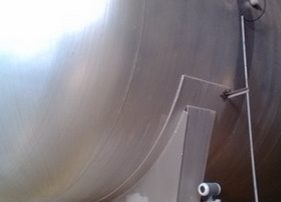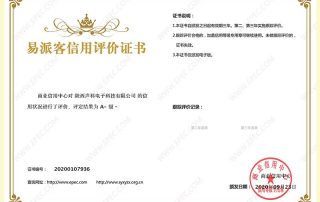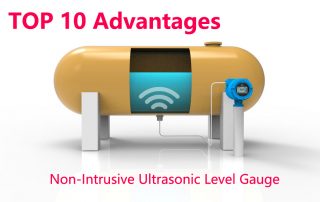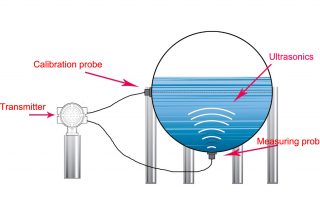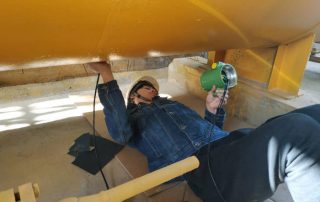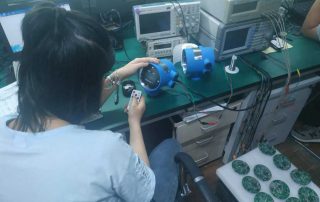Abstract
The Non-Intrusive Ultrasonic Level Gauge perfectly solves the problem of measuring the liquid level of the Vertical Tank without the need to open the tank. The pressure, temperature and medium of the spherical tank have no influence on the detection results.
Overview of Vertical Tank
Vertical tank: cylindrical tank for storing crude oil, vegetable oil, chemical solvents, water or other petroleum products.Vertical storage tank is divided into fixed top storage tank, floating top storage tank.Special equipment for storing various liquid (or gas) raw materials and finished products.
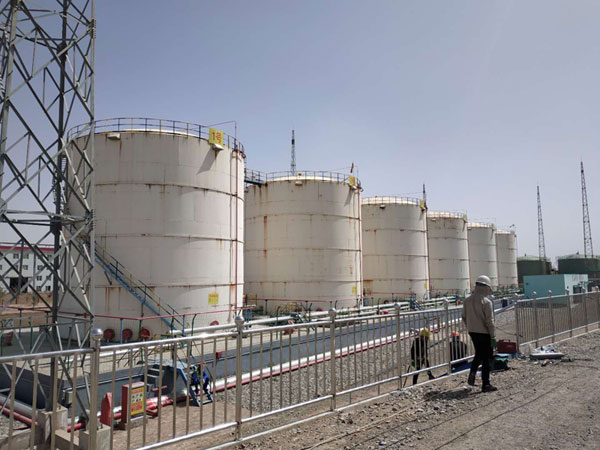
Characteristics of the Vertical tank
- Media stored in the tank: gasoline, diesel, aviation kerosene, crude oil, methanol, toluene, xylene, hydrochloric acid, alcohol, sulfuric acid
- Safety requirements: first class explosion-proof
- Pressure: atmospheric pressureTemperature :(-20) -32
- Decanter material: carbon steel, stainless steel, glass steel
- Wall thickness: 10 mm to 20 mm
- Diameter: 3000 mm – 50000 mm
Difficulties in measuring Vertical tank
- Safety factors: Because the storage tank is atmospheric pressure tank, the hole cannot be opened in the production process, and the contact level meter, radar level meter, float ball level meter and other contact level meters cannot be replaced normally after damage, so production should be stopped and shutdown. Meanwhile, the liquid in the storage tank needs to be emptied, which is difficult to install and high risk coefficient.
- Speed of liquid in and out: large quantity and fast speed of feed, unstable feed will have a great impact on liquid level measurement.
- Precipitation thickness: the thicker the precipitation, the greater the gain
- Viscosity coefficient: generally, the dynamic viscosity of the tested medium is required to be less than 10 mPa.S.When 10 mPa.S < dynamic viscosity < 30 mPa.S, the instrument range may be reduced and the blind area will be increased.The dynamic viscosity > 30 mPa.S cannot be measured.(1 mPa.S = 1 cP)
Solutions:
Non-Intrusive Ultrasonic Level Gauge does not need to be opened in the tank hole, and the pressure, temperature, density, viscosity and media is independent, so the choice of external paste type level meter can be a good solution to the above problems.
Installation of Non-Intrusive Ultrasonic Level Gauge
Probe installation: probe installation position tank wall smooth leaking tank wall, probe close to the tank wall, avoid liquid in and out of the mouth, generally installed in within one meter away from the valve at the bottom of the column, due to keep the probe in a horizontal position, so the probe is placed between the tank wall or a film base, make its level (also can be installed in the valve bar).The calibration probe is mounted at the equator of the spherical tank. Not close to the weld.
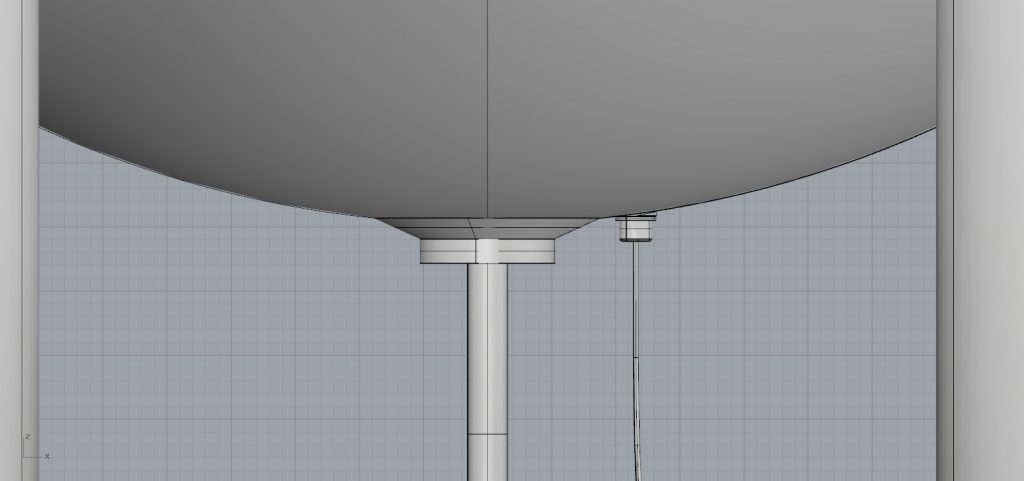
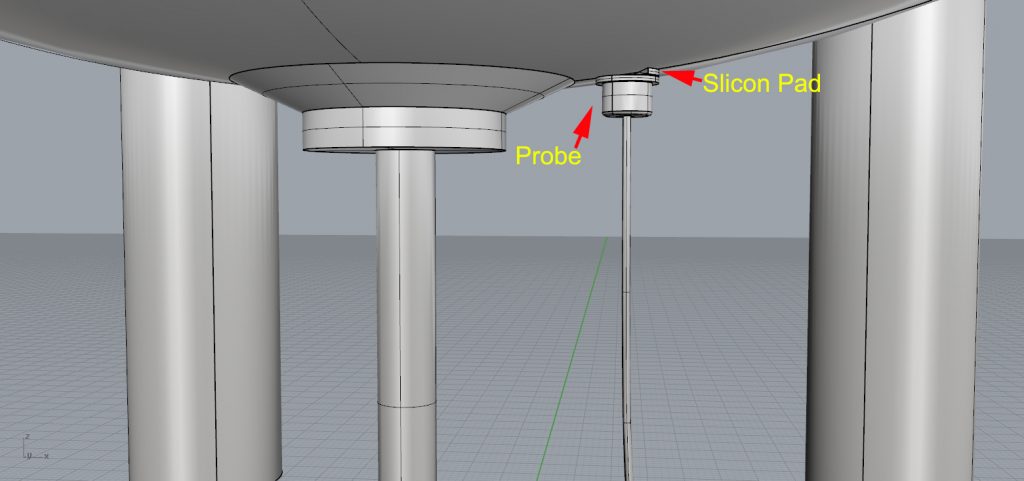
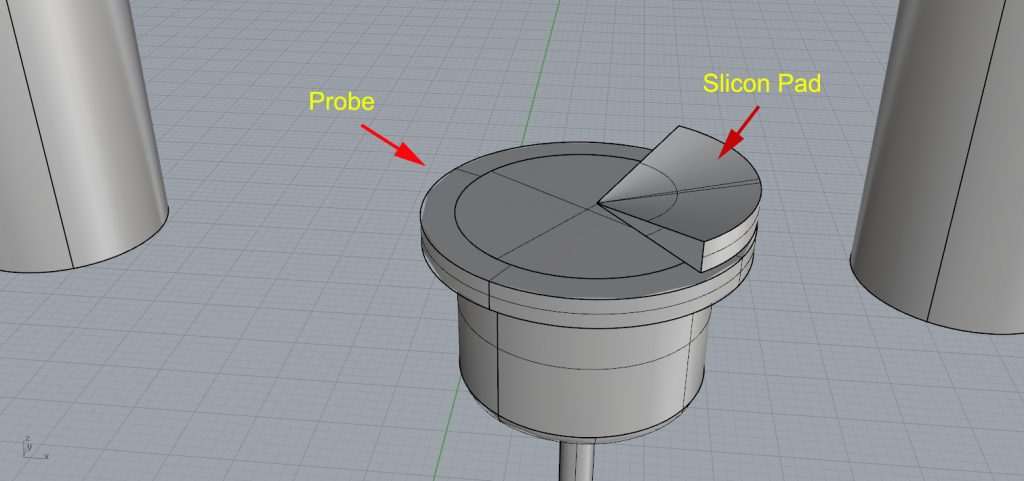
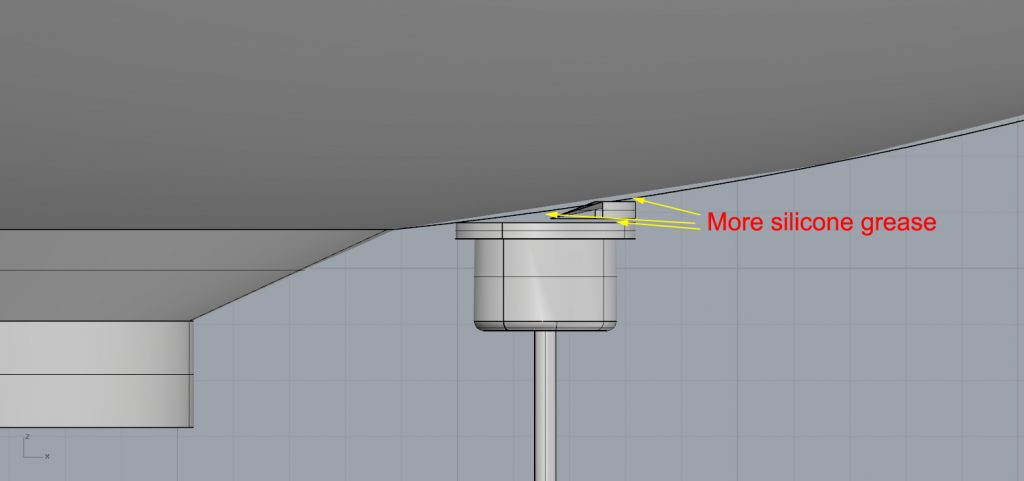
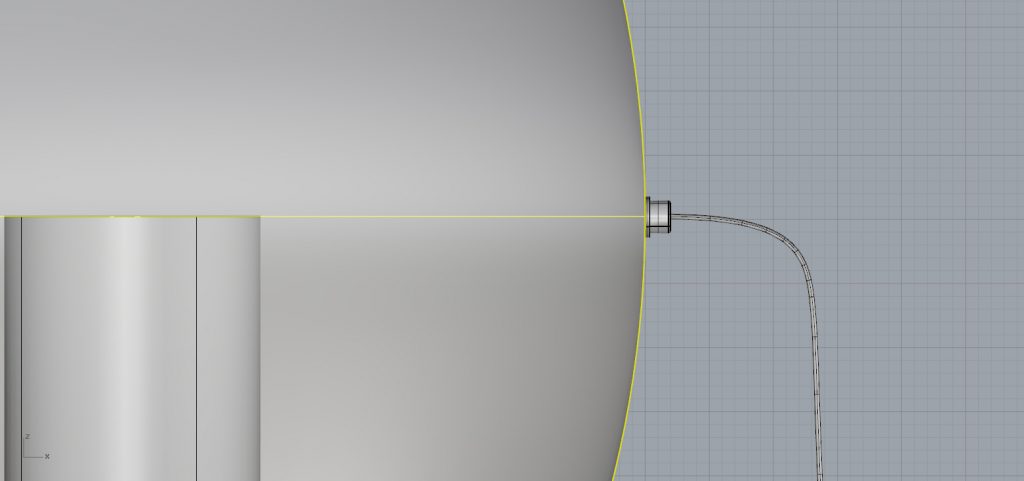
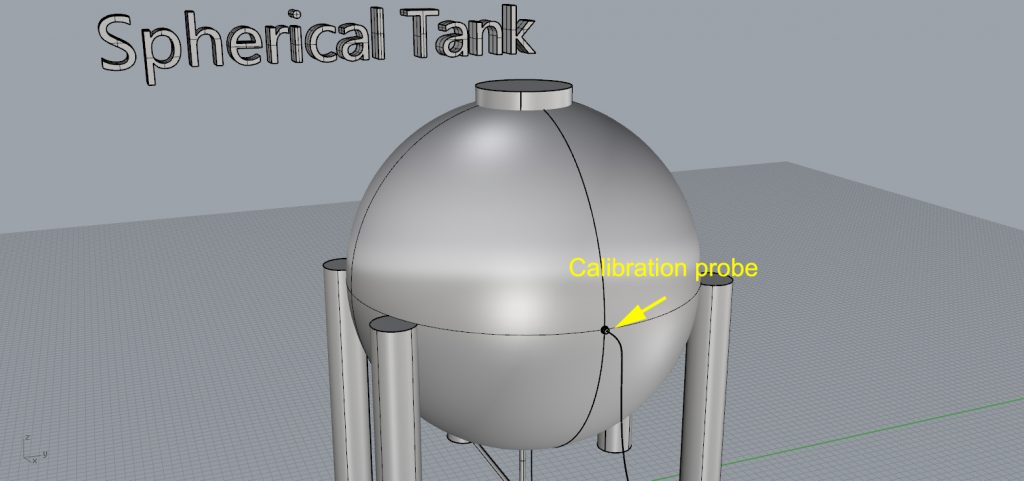
Instrument debugging: to know the height of tank, the diameter, medium, temperature, and the actual height of liquid level, into the user parameter input height of tank, the default speed of sound (1000), the migration amount (probe installation position and other liquid level meter zero gap, the probe position 100 mm 100 vice plus 100), the waveform interface using the remote control according to the six consecutive 1 set correct frequency (80-400) under the blind area is smaller, the smaller the gain, frequency, the best in finding the best frequency, set up the correct sound velocity, envelope degrees (the larger the range, the greater the envelope smooth waveform).When there is a side calibration probe, it is necessary to enter the menu to set the correct diameter of the side and the height of the side calibration probe, change the measurement mode to the calibration mode, and then enter the waveform interface, change M (measurement) to C (calibration), adjust the correct frequency with the above method, change C (0) to C (1) to start the calibration.No more than half of the liquid level was used with a single probe.
Perfect connection with DCS or SIS
Non-Intrusive Ultrasonic Level GaugeBecause is a two-wire system design, it can be connected with the factory’s DCS system or SIS system. DCS system mainly displays and tracks the liquid level, while SIS system mainly controls the valve for the interlock system.

